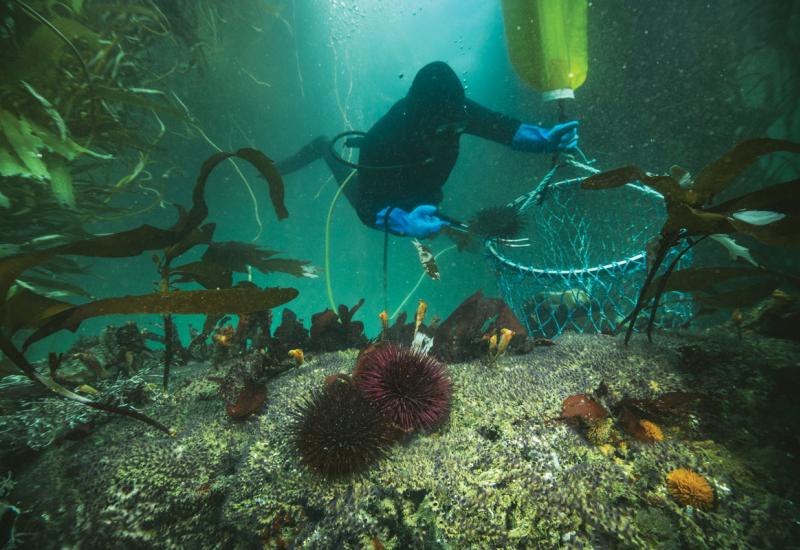Lessons for Life: Respect the Wreck

STEVEN P. HUGHESEntering a shipwreck requires proper training and equipment.
The most exciting part of any wreck dive for Kathy was penetrating the rusting steel hull. She could picture the crew going about their duties or passengers having the time of their lives—or struggling in steerage. But any trip inside a shipwreck called for a visit to the spooky, hidden engine room, which she loved to photograph to prove she had made it. It had become a competition between her and some friends. This time, however, Kathy was in the dark and couldn’t find her way back out.
The Diver
Kathy was 56 years old, with open-water and wreck diving certifications. She had been diving for several years. She had no known health issues.
The Dive
Kathy joined a group of divers from the local dive shop on a charter boat trip to make a deep wreck dive. For their first dive, the group stayed together and explored the outside of the wreck at approximately 100 feet of seawater. During the surface interval, Kathy told her dive buddy she wanted to find the engine room. Her buddy chose to stay outside and wait for her.
Back at the wreck, Kathy and her buddy went to the entrance closest to where she wanted to be and she swam inside.
Related Reading: Weighed Down
The Accident
Kathy made it to the engine room, but she was alone so there’s really no way to know what happened to get her in trouble. We do know she did not take a dive reel with her to guide her back outside. She also only had one medium-size light with her and a small point-and-shoot camera.
Her dive buddy waited as long as he could before air supply and decompression status forced him to ascend. He alerted the boat captain that Kathy had not returned.
A recovery team found Kathy’s body in the engine room the next day. She was out of air and her dive light had gone out. Silt was floating in the water as though it had been disturbed and had not settled yet.
Related Reading: How This Award-winning Underwater Photographer Got His Start by Volunteering
Analysis
The most important thing to learn from this case is that Kathy knew better than to enter a shipwreck, or any overhead environment, without the proper equipment and techniques. She also went in alone, so there was no one to help her out when she got confused inside.
A wreck diver specialty course typically explains the need for backup lights, proper gas management and using a reel tied off to the outside along with specialized fin kicks to keep from dislodging silt inside the wreck. A misplaced fin kick can cause years of accumulated silt to rise in the water column and obscure your vision. Kathy had completed that course, but she ignored what she learned and penetrated the wreck with no system in place to help her find her way back out.
Her light might have failed. She could have caused a silt-out. She might have just gotten confused and not remembered how to exit the ship. Whatever happened, she failed to follow the basic rules of wreck diving and paid the ultimate price.
LESSONS FOR LIFE
Don’t enter an overhead environment without proper training. Seek additional training from a qualified instructor before penetrating wrecks, venturing into caves or diving under ice.
Avoid chasing trophies. Don’t take on additional risks just to say you made it somewhere first.
Bring the right gear. Redundant gear, such as one or even two backup lights, and a reel should be used when penetrating a wreck.
Related Reading: Ask DAN: Can I Return to Diving After Surgery










